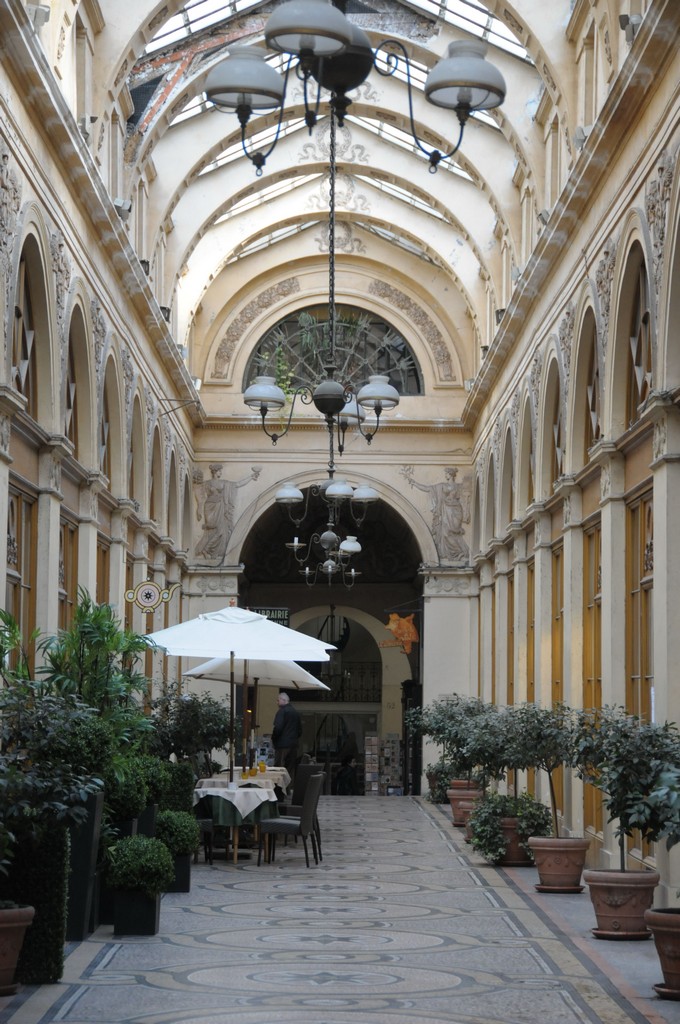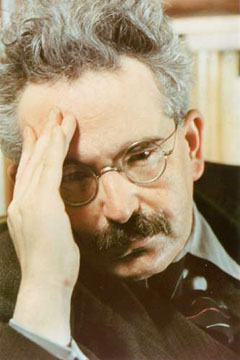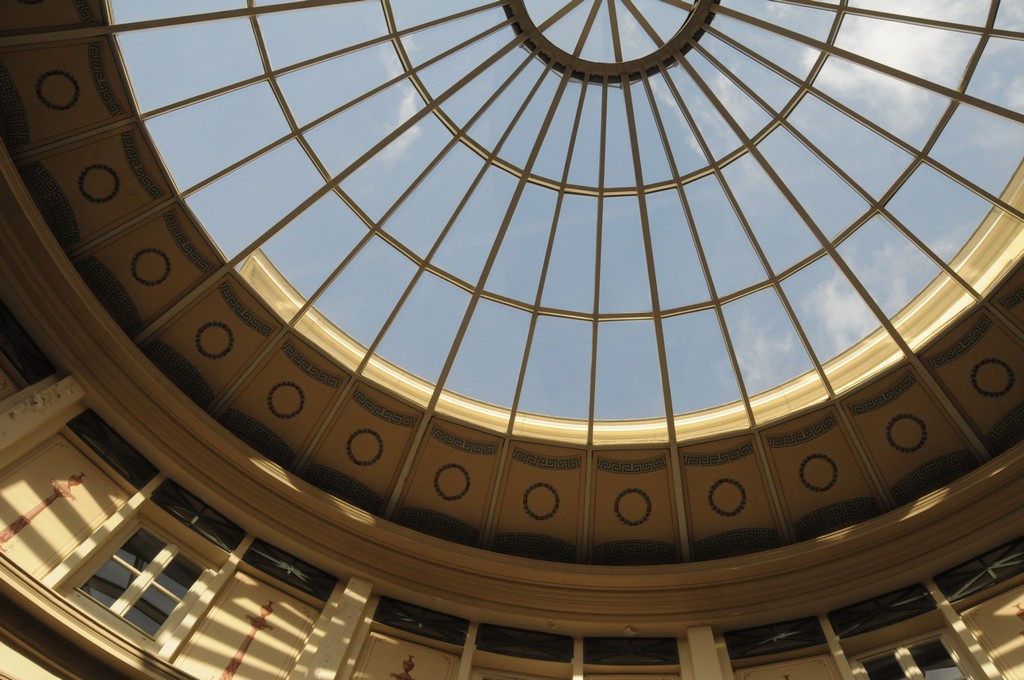
The Galerie Vivienne
© Antonio Ca' Zorzi (2011)
The Galerie Vivienne
Going up the rue des Petits-Champs on your right, just opposite, you can enter the sumptuous Galerie Vivienne.
It was one of the first covered galleries constructed to ensure the junction between the Palais-Royal and the Imperial Library, presently the national library. It was commissioned in 1823 by the President of the Chamber of Notaries, Marchoux to architect Jean-François Delannoye.
Elegant wooden boutiques built are covered with a glass roof. All the walls carry Pompeian or neo-classical decors: ancient goddesses and dancing nymphs holding crowns of leaves, horns of abundance and wheat bunches in order to exalt commerce and wealth. In the main gallery, the anchor and the caduceus, symbols of stability and trade, punctuate the arcades reminding visitors of the proximity of the Palais-Royal, of Cardinal Richelieu, Minister of Navy, and of Philippe-Equality, founder of the prototype of the Parisian alleys. On the floor, mosaics evoke Pompeian villas.
Close to the Richelieu site of the Bibliothèque nationale (National Library) at the Hotel Tubeuf, the Vivienne gallery has inspired many writers. No. 13 of the Galerie Vivienne was occupied by François Vidocq, whose memoirs inspired Honoré de Balzac's character Vautrin.
In 1927, during his stay in Paris, Walter Benjamin worked at the Bibliothèque nationale, where he read Le Paysan de Paris (1926) by Louis Aragon, which impressed him so greatly that he launched the project of writing Passagenwerk (The Arcades Project. Paris capital of the 19th century).

Walter Benjamin
He wrote: "... Aragon, Le Paysan de Paris, of which at night, in bed, I could not read more than two or three pages, because my heart was beating so hard that I was forced to abandon the book". Indeed, Benjamin wrote nine hundred pages inspired by the Parisian passageways, which he perceived as a metaphor of modernity and its ephemeral character. The book can be seen as an attempt to interpret the history of 19th century Paris with its forms of construction and communication, its political and utopian aspirations. His project remained unfinished, because in 1940 he had to flee from the Nazis. He tried to escape to Spain, but when he found himself on the verge of being arrested in Portbou, a village on the border between France and Spain, he preferred to commit suicide.

